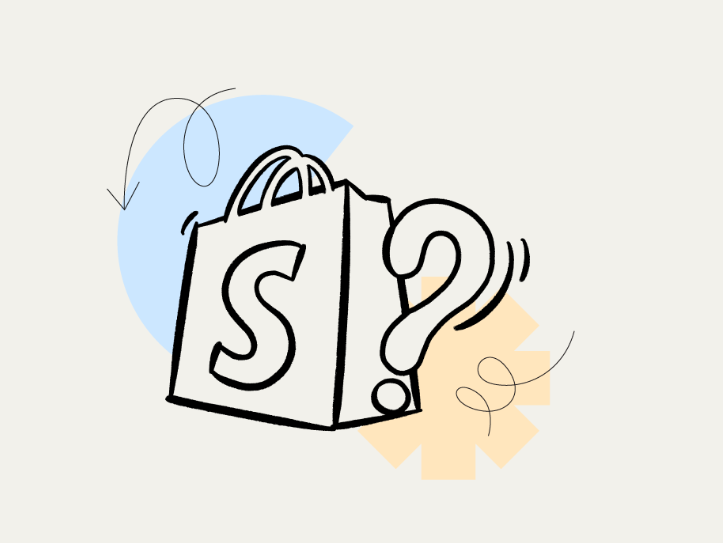In the rapidly evolving world of e-commerce, Shopify dropshipping has emerged as a popular business model for entrepreneurs seeking to enter the online retail space without the burden of managing inventory. This article will explore the concept of dropshipping, how it works specifically with Shopify, its benefits, challenges, and tips for success.
What is Dropshipping?
Dropshipping is a retail fulfillment method where a store does not keep the products it sells in stock. Instead, when a store owner sells a product, they purchase the item from a third-party supplier who then ships it directly to the customer. This model allows entrepreneurs to operate without the need for physical inventory or warehouse space.
How Does Dropshipping Work?
The dropshipping process can be broken down into several key steps:
Partner with a Supplier: The first step is to find a reliable dropshipping supplier who offers products relevant to your niche. This supplier will handle storage, packaging, and shipping.
Set Up Your Online Store: Using platforms like Shopify, you can create an online storefront where customers can browse and purchase products.
Receive Orders: When a customer places an order on your site, you receive payment and order details.
Forward Order to Supplier: You then send the order details to your supplier, either manually or through an automated dropshipping app.
Supplier Ships the Product: The supplier packages and ships the product directly to your customer.
Customer Service: As the store owner, you handle any customer service inquiries related to orders.

Shopify Dropshipping What Is It
Benefits of Shopify Dropshipping
Dropshipping through Shopify offers numerous advantages:
Low Startup Costs: Since you don't need to invest in inventory upfront, starting a dropshipping business is relatively inexpensive.
Flexibility and Scalability: You can operate your business from anywhere with an internet connection and easily scale by adding new products without significant overhead.
Wide Product Selection: With access to various suppliers, you can offer a diverse range of products tailored to your target audience.
Reduced Risk: Since you only purchase products after making sales, there’s less risk of unsold inventory.
Challenges of Shopify Dropshipping
While dropshipping has its benefits, it also presents several challenges:
Lower Profit Margins: Because you are purchasing from suppliers at wholesale prices, your profit margins may be lower compared to traditional retail models.
Inventory Management Issues: If you work with multiple suppliers, keeping track of stock levels can be complicated and may lead to overselling.
Shipping Complexities: Different suppliers may have varying shipping times and costs, complicating logistics and customer satisfaction.
Limited Control Over Quality: Since you don't handle the products directly, ensuring quality control can be challenging.
Getting Started with Shopify Dropshipping
To successfully launch a dropshipping business on Shopify, follow these essential steps:
1. Choose Your Niche
Identifying a specific niche helps target your marketing efforts effectively. Consider factors like market demand, competition, and personal interests when selecting your niche.
2. Create Your Shopify Account
Sign up for a Shopify account and choose a suitable plan based on your business needs. Utilize the free trial period to familiarize yourself with the platform's features.
3. Customize Your Store
Select a professional theme that aligns with your brand identity. Customize it by adding your logo, product descriptions, and images that resonate with your target audience.
4. Install Dropshipping Apps
To streamline operations, integrate dropshipping apps such as DSers or Spocket into your Shopify store. These apps help automate order processing and inventory management by connecting you directly with suppliers.

5. Optimize Product Listings
When importing products from suppliers, ensure that you customize product titles and descriptions for SEO purposes. High-quality images and engaging content can significantly enhance conversion rates.
6. Market Your Store
Develop a marketing strategy that includes social media advertising, content marketing, email campaigns, and search engine optimization (SEO) to drive traffic to your store.
7. Monitor Performance
Use analytics tools provided by Shopify to track sales performance and customer behavior. Regularly analyze this data to make informed decisions about product offerings and marketing strategies.
Tips for Success in Shopify Dropshipping
To thrive in the competitive world of dropshipping on Shopify:
Research Suppliers Thoroughly: Ensure that your suppliers are reliable and offer quality products by checking reviews and conducting test orders.
Focus on Customer Service: Providing excellent customer service can differentiate your store from competitors and foster brand loyalty.
Stay Updated on Trends: Keep an eye on market trends and adjust your product offerings accordingly to meet changing consumer demands.
Utilize Social Proof: Encourage satisfied customers to leave reviews and testimonials which can enhance credibility and attract new buyers.
Conclusion
Shopify dropshipping presents an accessible entry point into e-commerce for aspiring entrepreneurs. By understanding how it works, leveraging its benefits while being aware of potential challenges, and implementing effective strategies for success, you can build a profitable online business without the complexities of traditional retail operations. With dedication and strategic planning, dropshipping through Shopify can lead to sustainable growth in the ever-evolving digital marketplace.


